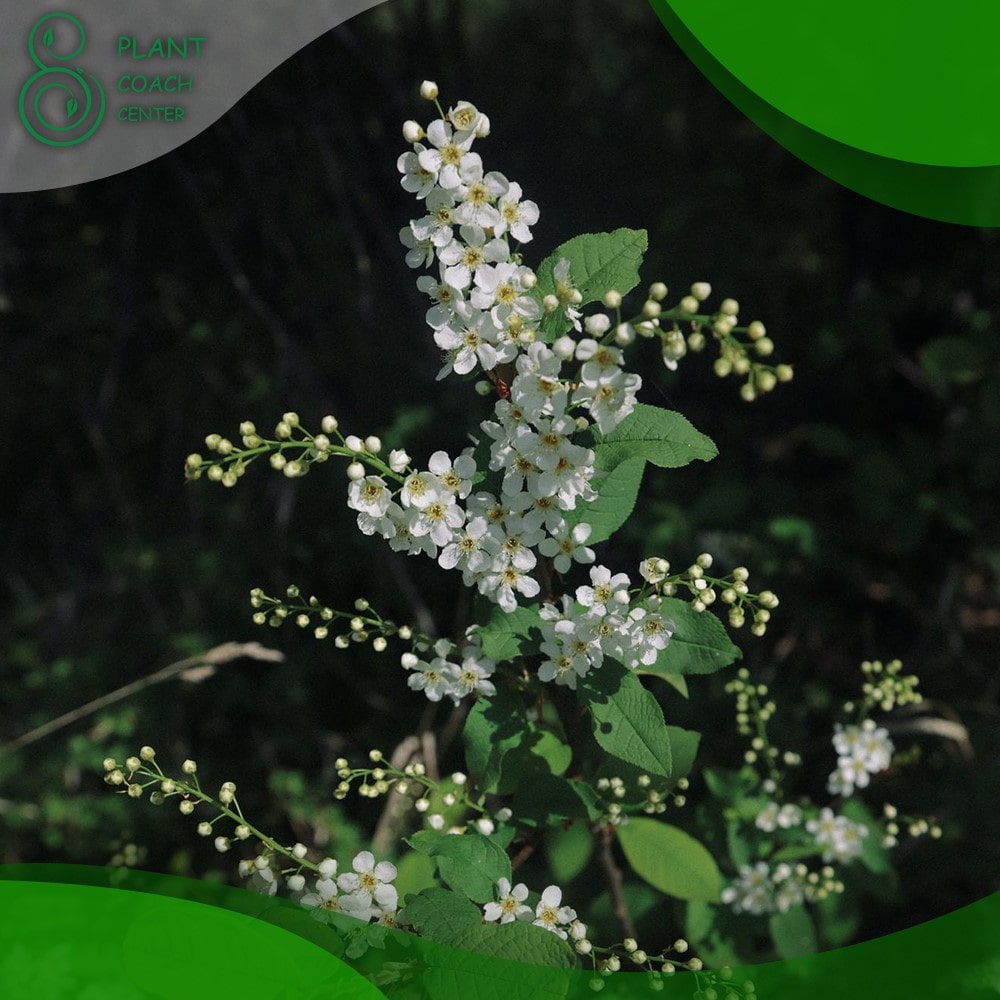Introduction to when to prune choisya
Choisya, also known as the Mexican orange blossom, graces many gardens with its lush green foliage and fragrant blossoms. As a beloved ornamental shrub, Choisya adds a touch of elegance and natural beauty to outdoor spaces. However, maintaining its vitality and appearance requires a keen understanding of the right moments to prune. This article delves into the art of Choisya pruning, with a primary emphasis on timing.
We’ll explore in plantcoachcenter.com the optimal periods for trimming this shrub to ensure it thrives year after year . Whether you’re a seasoned gardener or just starting, mastering the when of Choisya pruning is key to a thriving and beautiful garden. So, let’s dive in and discover the secrets to perfect timing for pruning Choisya.
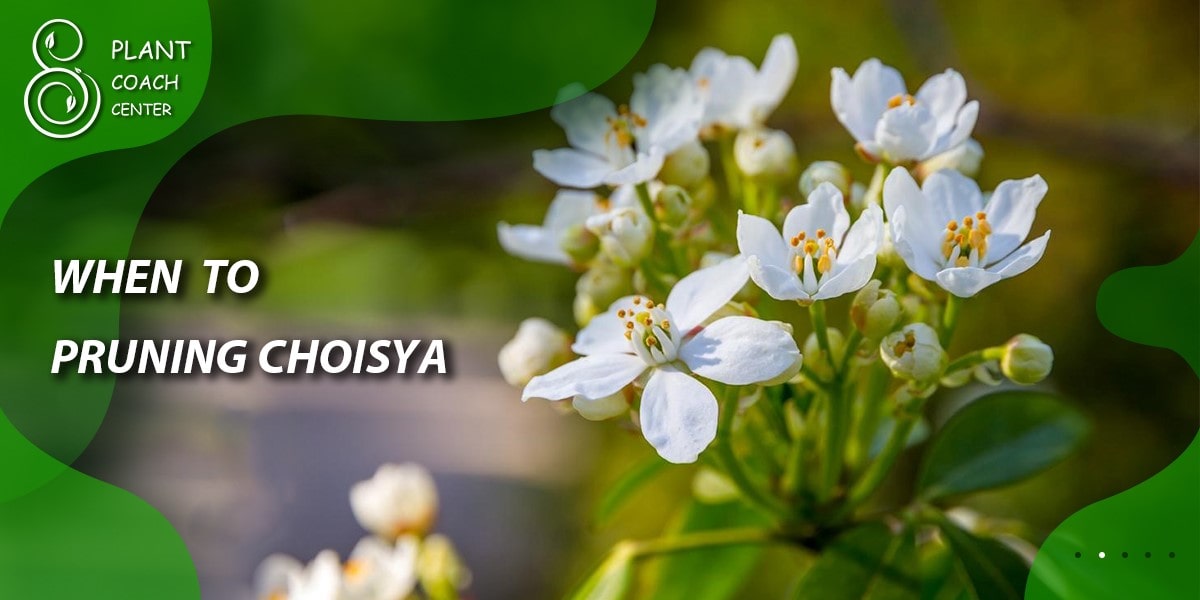
Spring Pruning
When it comes to pruning your Choisya, timing is of the essence, and early spring is the golden window of opportunity. This period, typically in late winter to early spring, offers the ideal conditions for Choisya pruning. Here’s why:
Ideal Growth Phase:
Early spring marks the beginning of the growing season for Choisya. Pruning at this time allows the plant to channel its energy into producing new growth, resulting in a lush and vigorous shrub by summer.
Pre-Blooming Stage:
Pruning just before Choisya starts to bloom is advantageous. It ensures that you don’t accidentally remove potential flower buds, preserving the plant’s ornamental beauty.
Healing Capacity:
In early spring, Choisya has ample time to heal wounds created during pruning. The mild weather and increased moisture levels aid in quick recovery, reducing the risk of diseases or stress to the plant.
Now, let’s break down the steps to ensure you get the most out of your spring Choisya pruning session:
Identifying the Right Moment in Early Spring
Timing within early spring can vary depending on your region’s climate, so it’s crucial to look for specific cues:
Temperature: Wait until the threat of frost has passed. Choisya is sensitive to cold, so ensure the nighttime temperatures consistently stay above freezing.
Budding: Observe your Choisya for signs of new growth. When you see the first flush of fresh leaves and shoots, it’s a good indicator that the plant is ready for pruning.
Post-Flowering Pruning
Benefits of Post-Flowering Pruning
Pruning your Choisya after its captivating display of blooms has faded can be a strategic move for the overall health and appearance of the shrub. This timing offers several noteworthy benefits:
Encourages Rejuvenation: Post-flowering pruning promotes rejuvenation by stimulating new growth. When the plant expends energy on producing flowers and seeds, it can benefit from a pruning session to redirect that energy towards fresh foliage and stronger branches.
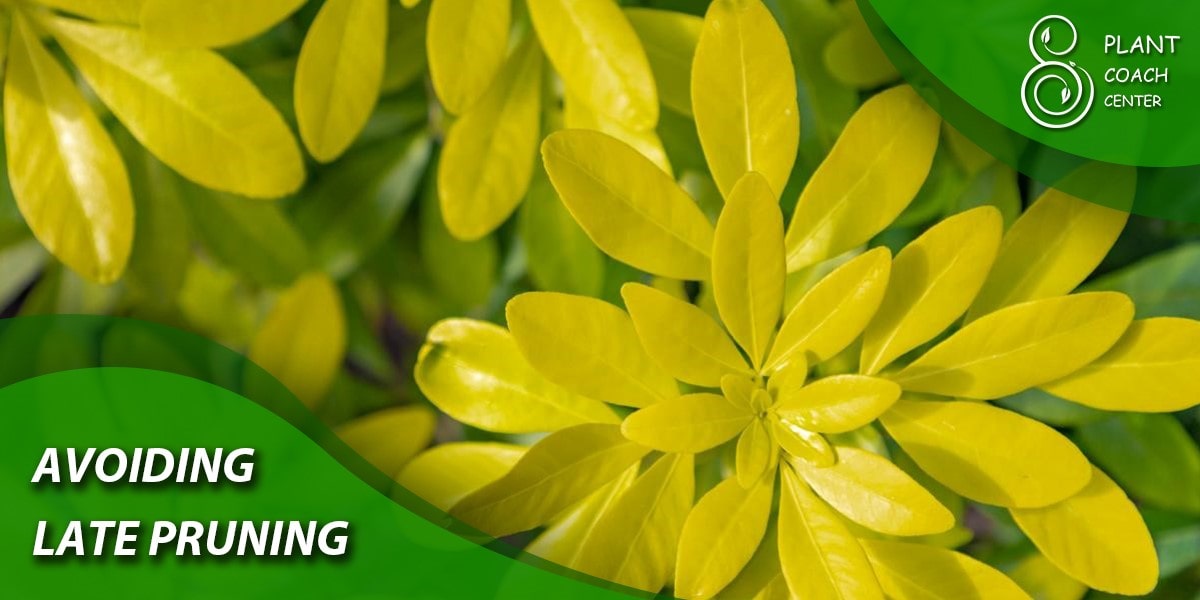
Maintains Aesthetic Appeal: Pruning after flowering ensures that you won’t disrupt the spectacle of the blossoms in full glory. This allows you to enjoy the Choisya’s natural beauty before intervening.
Supports Pollinators: Allowing the blooms to persist until they naturally fade benefits pollinators like bees, which rely on the nectar-rich Choisya flowers. Post-flowering pruning respects the role of these essential garden allies.
Waiting for the Blooms to Fade
The key to successful post-flowering pruning is patience. Resist the temptation to trim immediately after the last petal drops. Instead, wait until the Choisya’s blooms have fully faded and the petals begin to wither and fall naturally. This signals that the plant is shifting its focus from reproduction to growth.
Avoiding Late Pruning
Risks Associated with Late Pruning
Late pruning of Choisya, whether it’s well into the growing season or approaching the fall, can pose several risks to the health and vigor of your shrub:
Interrupted Growth Cycle: Choisya follows a natural growth cycle, and late pruning can disrupt this rhythm. When you trim the plant too late, it may not have enough time to recover and prepare for the winter dormancy properly.
Stressed Plant: Late pruning can stress the Choisya. The shock of pruning when the plant should be winding down for the season can lead to weakened defenses against diseases and pests.
Reduced Flowering: Choisya’s beautiful blooms are one of its most appealing features. Late pruning can diminish the flower production for the following season because the plant may have already started forming flower buds.
Winter Vulnerability: If you prune late into the growing season, you leave fresh wounds on the Choisya. These wounds can be vulnerable to winter frost and damage, potentially harming the plant’s overall health.
The Importance of Adhering to Recommended Pruning Times
Adhering to the recommended pruning times, whether in early spring or after flowering, is essential for several reasons:
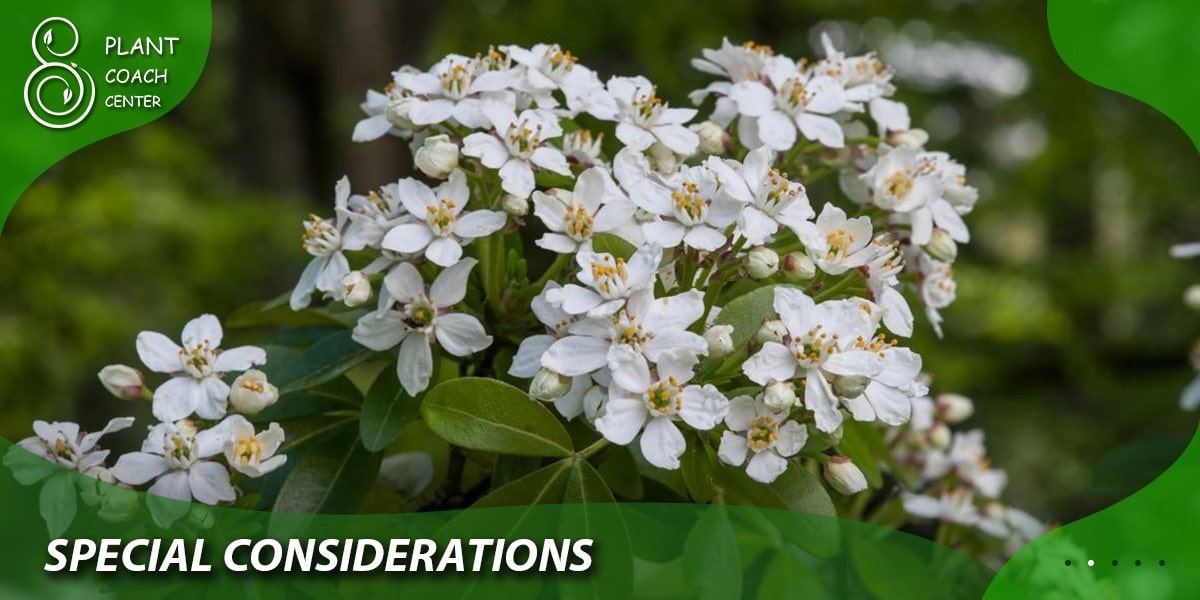
Optimal Growth: Pruning at the right time ensures the Choisya can focus its energy and resources on new growth during the most favorable periods. This results in stronger, healthier branches and a more vigorous plant overall.
Blooming Beauty: Timing your pruning as recommended preserves the plant’s ability to produce a profusion of fragrant blooms. This is especially crucial if you treasure Choisya for its aesthetic appeal.
Disease Prevention: By pruning at the appropriate times, you minimize the chances of introducing diseases through fresh cuts. Pruning in the wrong season can expose the plant to potential infections.
Pest Resistance: Healthy, well-timed pruning encourages Choisya to maintain its natural defenses against common garden pests. Late pruning may leave the shrub more susceptible to infestations.
Long-Term Health: Consistently adhering to recommended pruning times contributes to the long-term health and longevity of your Choisya. A well-maintained shrub is more likely to thrive and provide beauty in your garden for years to come.
In summary, avoiding late pruning is crucial for the Choisya’s health and vitality. It ensures that the plant can thrive, produce its signature blooms, and resist diseases and pests effectively. By respecting the natural growth cycle and following the recommended timing, you’ll be well on your way to nurturing a resilient and beautiful Choisya shrub.
Special Considerations
Addressing Specific Circumstances for Unique Pruning Approaches
While the general principles of Choisya pruning apply to most situations, there are specific circumstances where a tailored approach is necessary to ensure the best results. Let’s explore two of these scenarios:
Pruning Young Choisya Plants
Pruning young Choisya plants requires a delicate touch to encourage healthy growth and establish a robust structure:
Early Training: Begin by establishing a central leader, which is the main, upward-growing stem. This central leader provides structure and promotes an upright form. Trim away competing or lateral branches that may hinder its development.
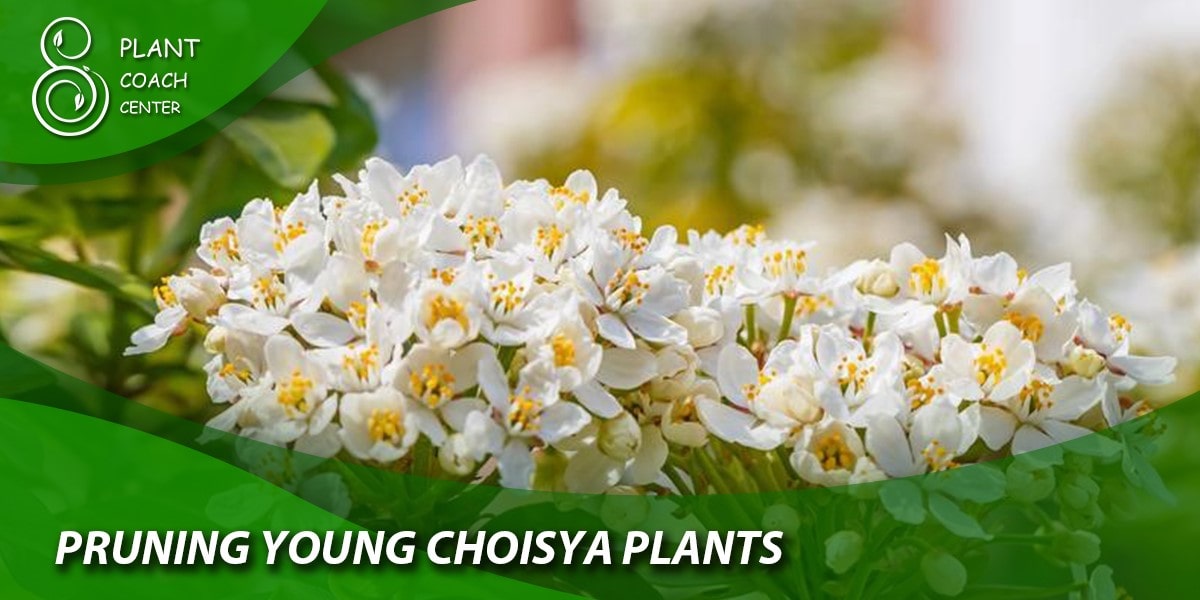
Selective Pruning: Young Choisya plants may benefit from selective pruning, which involves removing any weak or crossing branches that can crowd the center of the plant. This process helps create an open and balanced structure.
Moderation is Key: Avoid heavy pruning during the early years, as this can stress the young plant. Focus on removing dead or damaged growth and gradually shaping the shrub as it matures.
Renovation Pruning for Overgrown Choisya
When faced with an overgrown or neglected Choisya, renovation pruning can rejuvenate the shrub and restore its vitality:
Assessment: Begin by assessing the overall condition of the overgrown Choisya. Identify the oldest, most crowded, and unhealthy branches that need removal.
Gradual Reduction: Renovation pruning is best done gradually over several years to minimize stress on the plant. Remove one-third of the oldest or most problematic branches each year. This allows the Choisya to recover without going into shock.
Thinning and Shaping: Thin out the interior growth to improve air circulation and light penetration. Additionally, shape the shrub as needed to maintain its form and size.
Fertilization and Care: After each round of renovation pruning, provide the Choisya with adequate fertilization, water, and care to support its recovery.
Patience: Renovation pruning requires patience and commitment. It may take a few years for the overgrown Choisya to fully regain its vigor and shape.
In both scenarios, the key is to approach pruning thoughtfully and consider the long-term health and aesthetics of your Choisya. Young plants benefit from gentle training, while overgrown ones require a strategic, gradual approach to bring them back to their former glory. By addressing these unique circumstances, you can ensure your Choisya remains a thriving and visually pleasing addition to your garden.
Common Mistakes in Choisya Pruning
When it comes to pruning Choisya, timing is of the essence. Making mistakes in timing can have significant repercussions on the health and appearance of your shrub. Here are the common timing-related mistakes to avoid:

Pruning Too Late in Spring:
While early spring is the ideal time for Choisya pruning, one common error is delaying the process. Pruning too late in spring, after new growth has already started, can disrupt the plant’s natural growth cycle and reduce the abundance of flowers in the current season.
Pruning Too Early in Spring:
On the flip side, pruning too early in spring, while the plant is still in its dormant phase, can also be detrimental. Choisya needs some initial growth to guide your pruning decisions effectively. Pruning too early may result in unnecessary cuts.
Pruning Immediately After Flowering:
Although post-flowering pruning is beneficial, pruning Choisya right after it finishes blooming can be too hasty. Waiting until the blooms have fully faded allows the plant to benefit from the energy generated during the flowering period.
Neglecting Weather Conditions:
Timing should also consider local weather conditions. Pruning too early in spring in regions prone to late frosts can expose tender new growth to potential frost damage. It’s essential to monitor weather forecasts and adapt your pruning schedule accordingly.
Skipping Seasonal Pruning:
Some gardeners make the mistake of neglecting seasonal pruning altogether. Regularly scheduled pruning in spring or after flowering is essential to maintain the health and shape of the Choisya. Skipping these crucial pruning sessions can lead to an unruly and less vibrant shrub.
Ignoring Individual Plant Needs:
Each Choisya may have its unique growth patterns and timing requirements. Neglecting to observe your specific plant’s cues, such as when new growth appears or when flowering peaks, can result in poor timing for pruning.
Pruning Under Stressful Conditions:
Avoid pruning during extreme weather conditions, such as during a heatwave or a drought. Pruning when the plant is already stressed can add further strain and hinder recovery.
Inconsistent Timing:
Consistency is key in Choisya pruning. Shifting the pruning schedule dramatically from year to year can confuse the plant and disrupt its growth pattern. Aim for a consistent timing strategy to establish a healthy routine.
By steering clear of these common timing-related mistakes, you’ll ensure that your Choisya receives the right pruning attention at the right moments, ultimately contributing to its long-term health and maintaining its visual appeal in your garden.
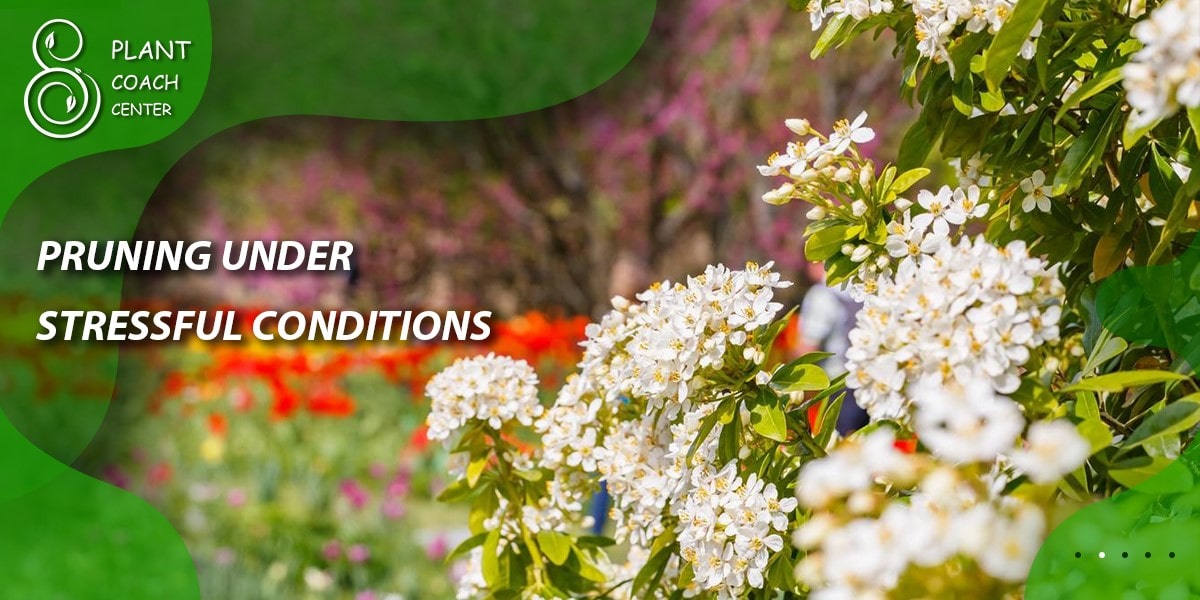
Conclusion
In conclusion, the timing of pruning Choisya is a critical factor in ensuring the health and beauty of this beloved ornamental shrub. Pruning in early spring, when new growth emerges, or after the blossoms have gracefully faded post-flowering, allows the plant to allocate its energy efficiently and promotes vigorous regrowth and abundant blooms.
Understanding the risks of late or improper timing, such as disrupted growth cycles and reduced flowering, underscores the importance of adhering to recommended pruning windows. Therefore, I encourage all gardeners to apply this knowledge diligently, as mastering the art of timing in Choisya care will undoubtedly result in thriving, visually stunning additions to your garden landscapes for years to come.
FAQ
When is the best time to prune Choisya?
Early spring or after flowering.
Can I prune my Choisya in late summer?
It's not recommended; stick to early spring or post-flowering.
What should I do if my Choisya is overgrown?
Consider gradual renovation pruning over a few years.
How often should I prune my Choisya?
Annually, either in early spring or after flowering.
Is it okay to prune Choisya in winter?
Avoid winter pruning; it's best done in spring or after flowering.
Can I prune my young Choisya plant?
Yes, but gently shape and train it during its early years.


